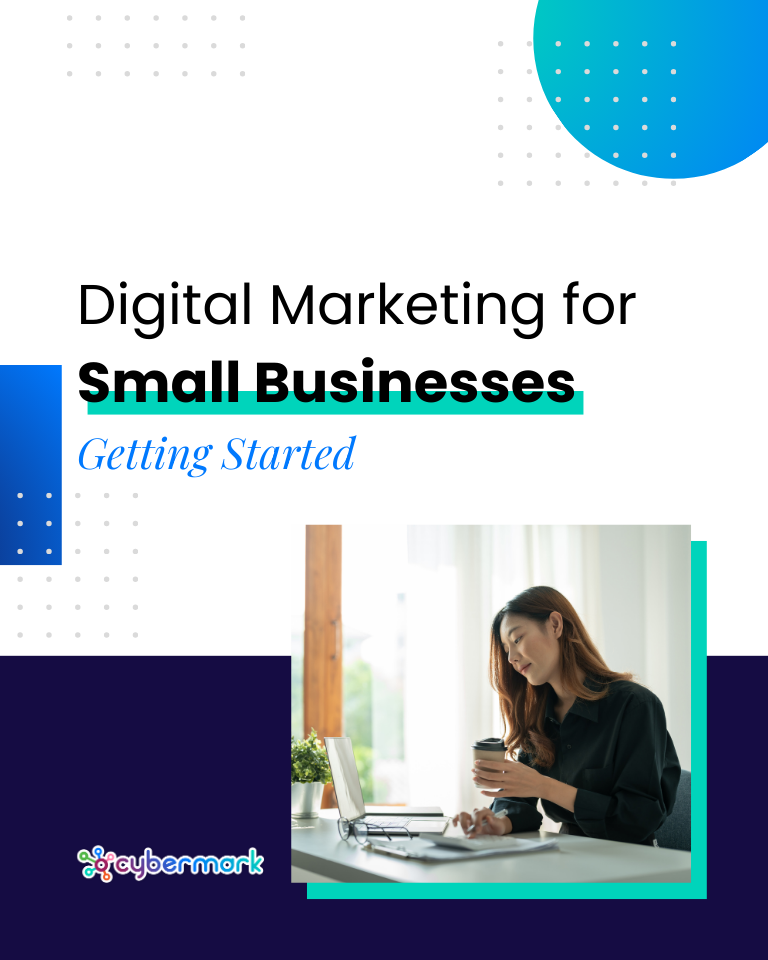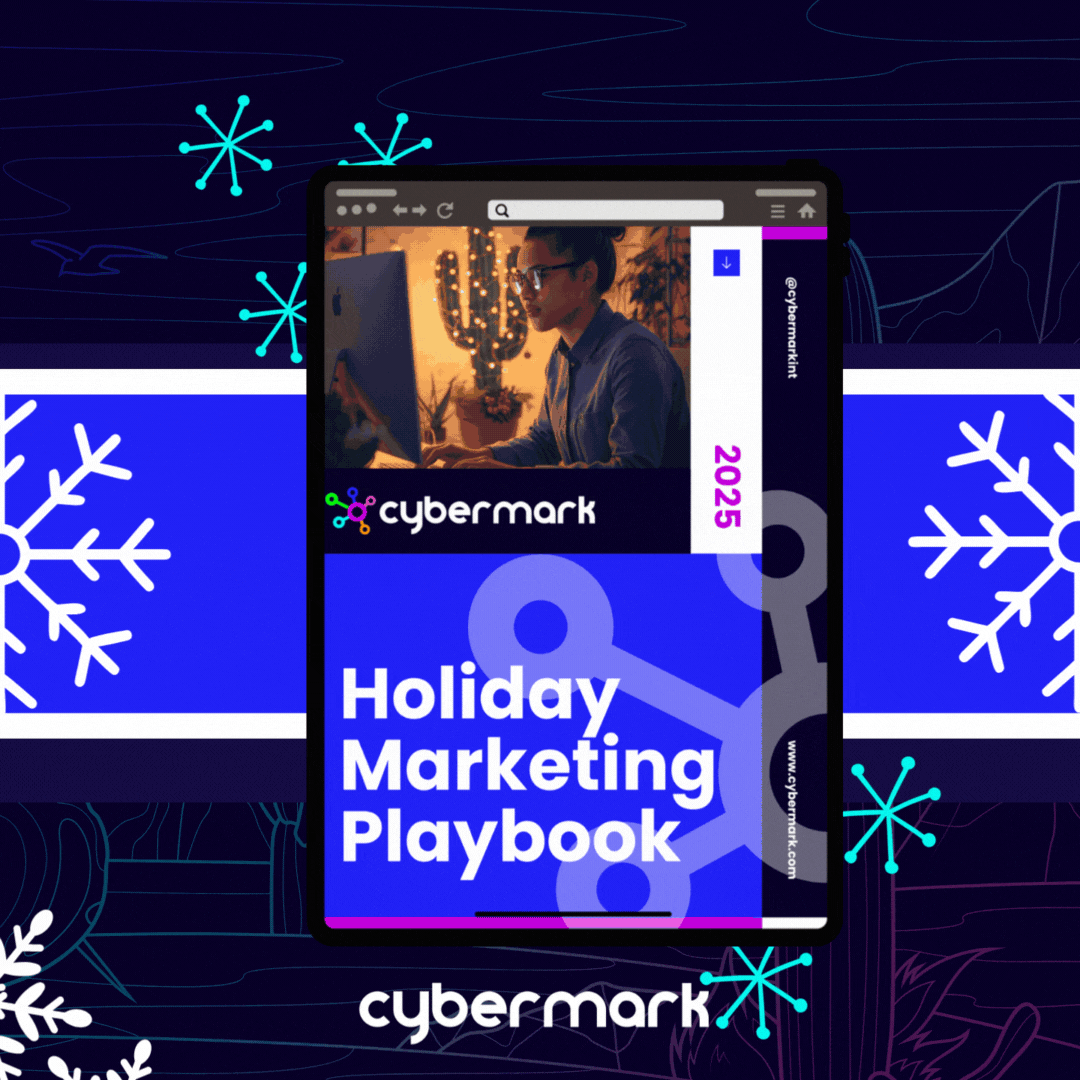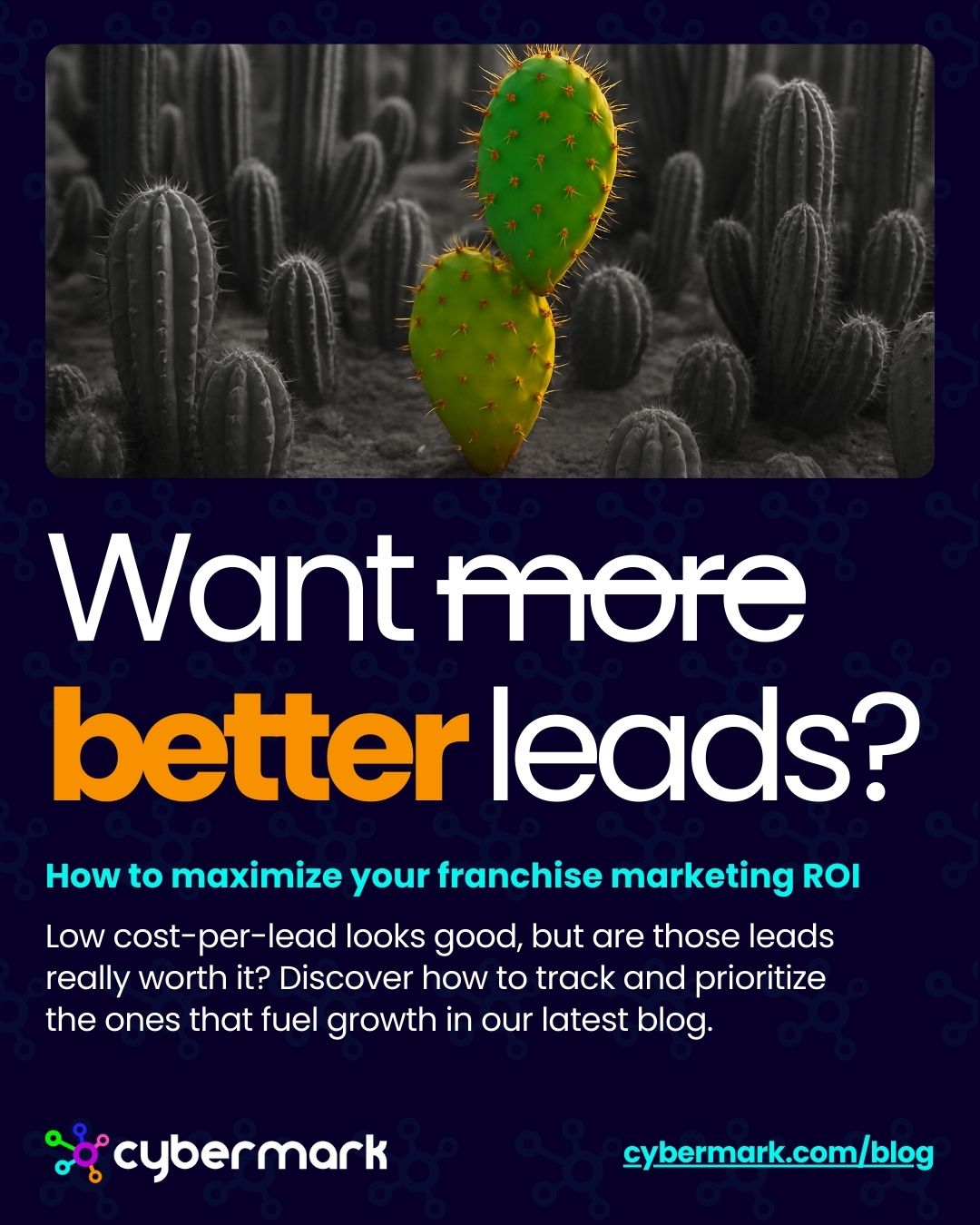The Ultimate Checklist to Grow Online
Navigating the digital desert as a lone business owner is no easy feat. As soon as you start making camp for your business, it sinks into the quicksand of page 8 on the local search results, never to be seen again. We hate to see business owners fall victim to the digital desert’s shifting terrain. That’s why we built the perfect checklist for owners navigating the uneven landscape of digital marketing for small businesses.
Whether you’re a new business owner trying to get your store on the map or a seasoned service provider who’s getting hit with a monsoon of search algorithm updates, this checklist is the perfect compass to guide you out of the digital dunes and toward your online oasis.
Keep reading for more guidance on setting up and refining your digital presence!
Build a Website That Works for You
Don’t rely on referrals to keep your business thriving. Well, word-of-mouth is still a huge factor, make your mark in the digital desert with a search-friendly website that attracts quality leads. There are plenty of website builders that help you build the foundation of your digital oasis and take care of some of the SEO pieces for you.
Give Extra Love to These Website Elements
- Responsive design: Your website should look great and function flawlessly on phones, tablets, and desktops.
- Clear structure: Visitors should be able to navigate your site with ease—what you do, how to reach you, and why they should trust you.
- SEO-driven content: Use keywords that reflect what your business does and where you do it. This helps your website show up in relevant search results. Not sure how to find the right keywords? Read this.
- Strong calls to action: Think “Schedule a Consultation,” “Book Online,” or “Get a Free Quote.” Clear, visible, and above the fold.
- Lead forms/Phone Numbers: Make it easy for potential customers to reach out or request services.
Of course, for our non-DIY marketers, you can always schedule a call with a reputable website design company (*cough* CyberMark) to set you on the right path. We have foundational websites that help get your business off the ground without breaking the bank.
Show Up on Local Listings
If your website is your storefront, local listings are the signs along the highway pointing people to it. When someone searches for your service on Google, they’re likely seeing your Google Business Profile first. Not your homepage. Not your Instagram. Your map listing.
That’s why listing accuracy is so important. And not just on Google—on Apple Maps, Yelp, Bing, and everywhere your customers might search.
What to focus on in your business listings:
- NAP consistency: Your name, address, and phone number should be identical across every platform.
- Category accuracy: Make sure you’re listed under the right business type so you show up in relevant local searches.
- Up-to-date hours and images: If you’re closed on Mondays, say so. If you’ve renovated, show it off.
- Review engagement: Don’t just collect reviews—respond to them. Thank customers for the positives, and handle the negatives with professionalism.
If you’re wondering how to start digital marketing for a small business, this is one of the easiest, highest-impact moves you can make. You can’t grow if people can’t find you.
Click here to audit local listings for your business and see how you show up in search results.
Stay Consistent on Social Media
Social media isn’t just about content—it’s about connection. For small businesses, it’s often the first place customers go to get a feel for your brand. And the businesses that post consistently—not perfectly—tend to win in the long run.
It’s not about being viral. It’s about being visible.
How to make social media work for your small business:
- Pick your platforms: You don’t need to be everywhere. Focus on 1–2 platforms where your customers are most active (often Facebook and Instagram).
- Post with a plan: Aim for 3–4 posts per week. Share a mix of educational tips, behind-the-scenes moments, service promos, and customer shoutouts. Here are some more ideas.
- Use your branding: Keep your colors, logo, and tone consistent across every post and profile.
- Engage like a human: Reply to comments. Answer DMs. Show your face in Stories or Reels. Use only relevant hashtags. Etc.
Social media marketing helps small businesses build trust and stay top-of-mind. You don’t need to do everything—you just need to show up with intention.
Run Data-Driven Ad Campaigns
Let’s be honest—digital ads can feel like a gamble. But the truth is, most small business owners aren’t seeing results because they’re running ads without a strategy. With the right structure in place, digital ads can become one of your most powerful growth tools.
What to know before launching your first campaign:
- Set your goals first: Are you trying to get calls, bookings, foot traffic, or form fills?
- Choose your platform wisely:
- Use Google Ads to capture search intent (people actively looking for your service).
- Use Meta Ads (Facebook/Instagram) to target audiences based on interests, location, and behavior.
- Set a budget for impact: Even $300–$500/month can go a long way with the right targeting and creative. Not sure how to set the right budget? Read up on best practices and access a copy of our ROAS budget calculator to get started.
- Make sure your message matches: Your ad should lead to a landing page that delivers on the promise. If the ad says “Get 10% off,” the landing page should show the same offer—no bait-and-switch.
Running ads without a plan is like pouring water into the desert sand. But with a clear goal, a defined audience, and a message that converts, ads can help your business scale faster than almost any other marketing tactic.
Track Performance and Measure What’s Working
You don’t need a fancy CRM or enterprise-level reporting tool to understand your marketing. You just need visibility into what’s working—and where your leads are coming from.
What you should be tracking:
- Website form submissions
- Calls from your listings or ads
- Messages from your social channels
- Review trends and customer feedback
Tools that help:
- Google Analytics for website traffic
- Google Business Insights for profile performance
- Lead tracking dashboards (even a simple spreadsheet works)
- Monthly reporting from your marketing team or partner
Digital marketing for small business isn’t about throwing everything at the wall to see what sticks. It’s about understanding what’s working—and doing more of it.
Download the Ultimate Digital Launch Checklist for Small Businesses
If you’re ready to bring structure to your digital strategy, our Small Business Marketing Checklist is the perfect place to start. Inside, you’ll get a breakdown of every item covered in this blog—plus a few extras to help you stay organized and track your progress. It’s actionable, easy to follow, and designed to help your business grow online without feeling overwhelmed.
Digital marketing doesn’t need to be a mystery. With the right roadmap, small businesses can build strong foundations, connect with more customers, and thrive in the digital space.
Start small. Start strategic. Start showing up where it counts.
And when you’re ready to turn your to-do list into a growth plan? We’re here to help you flourish in the digital desert.



